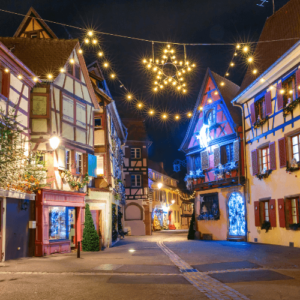Grey whales have the longest annual migration of any mammal. They spend summers in the Arctic where they feed and prepare for the trip south in the fall. Winter finds them in the lagoons of the Baja peninsula in Mexico where females give birth to their calves and spend the summer.
The trip was operated by Baja Expeditions based in La Paz. We met at a dive shop in Cabo San Lucas early in the morning and transferred to the private section of the international airport to board a 12-seater charter plane for a two-hour flight north to San Ignacio Laguna.
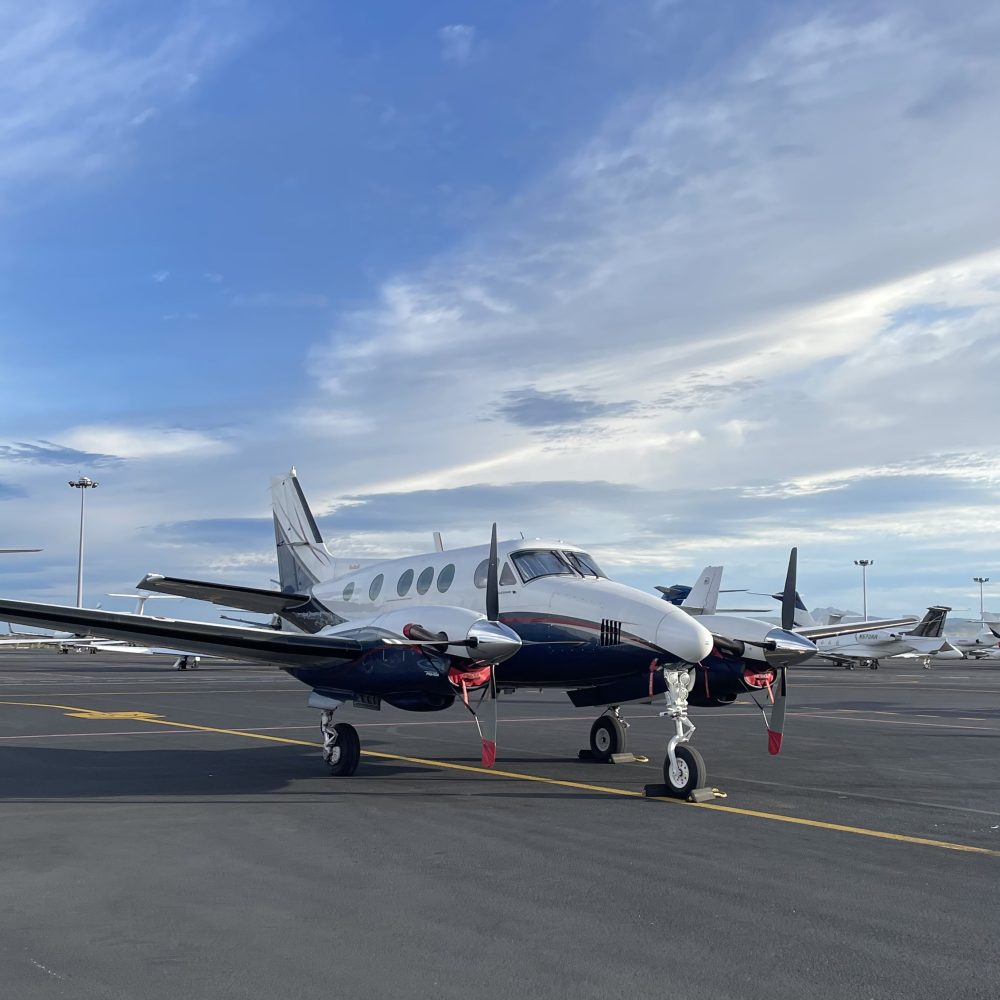
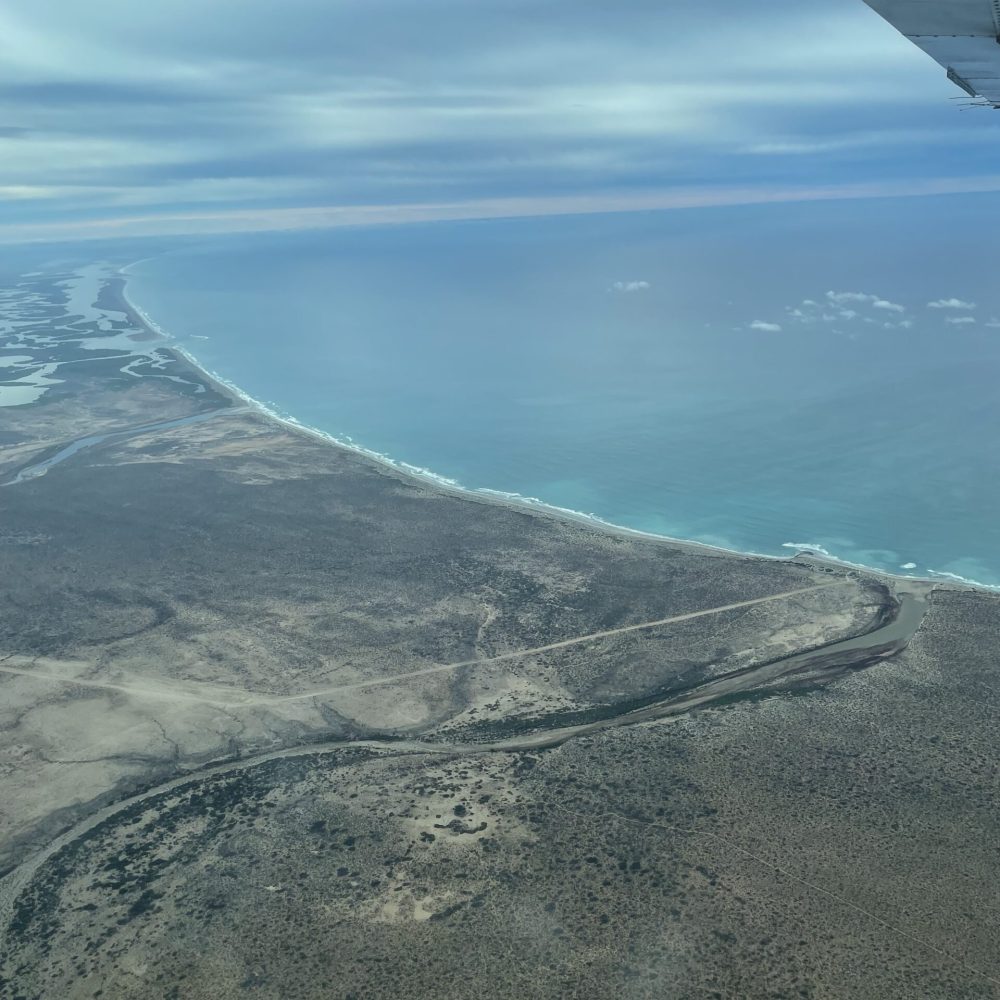
The camp was a short drive away. After a brief tour of the camp we had lunch and went out for our first whale watching excursion. The six of us in our group stepped into a small boat with our driver and local guide. Crossing into the lagoon where the whales were took about twenty minutes.
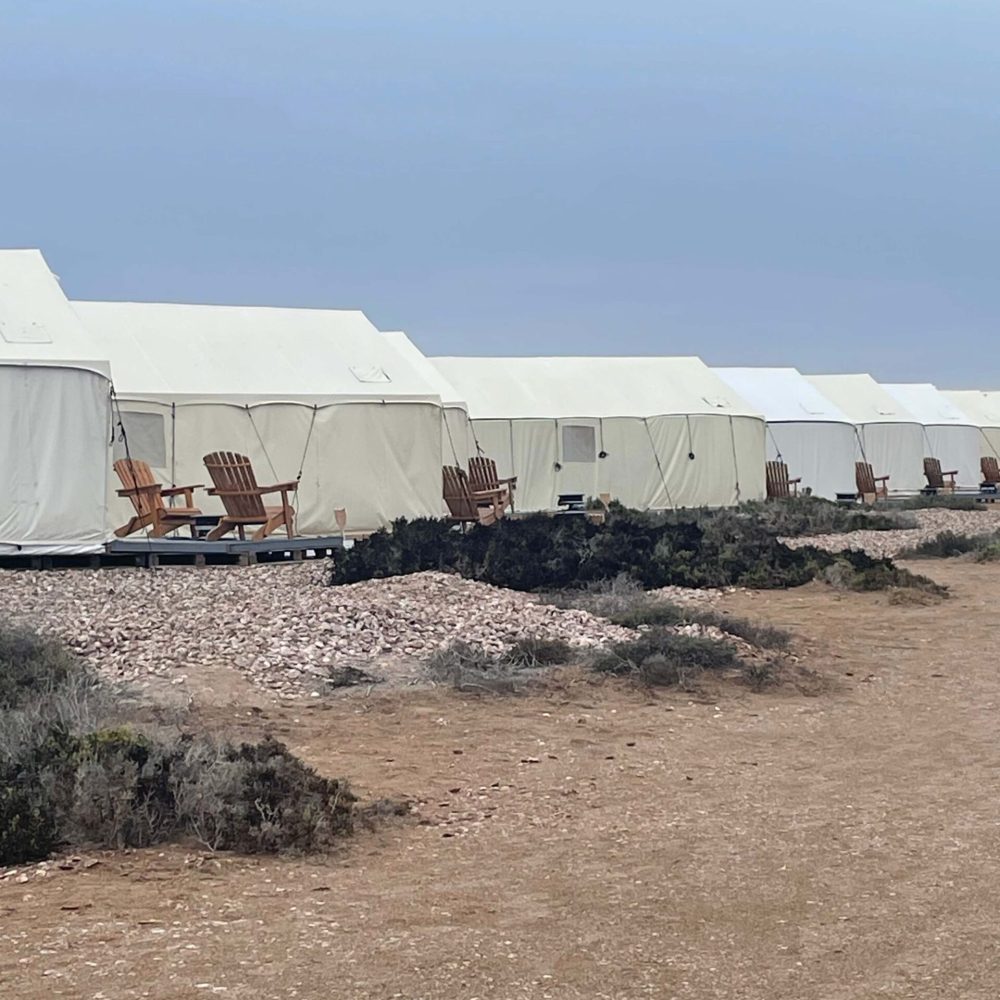
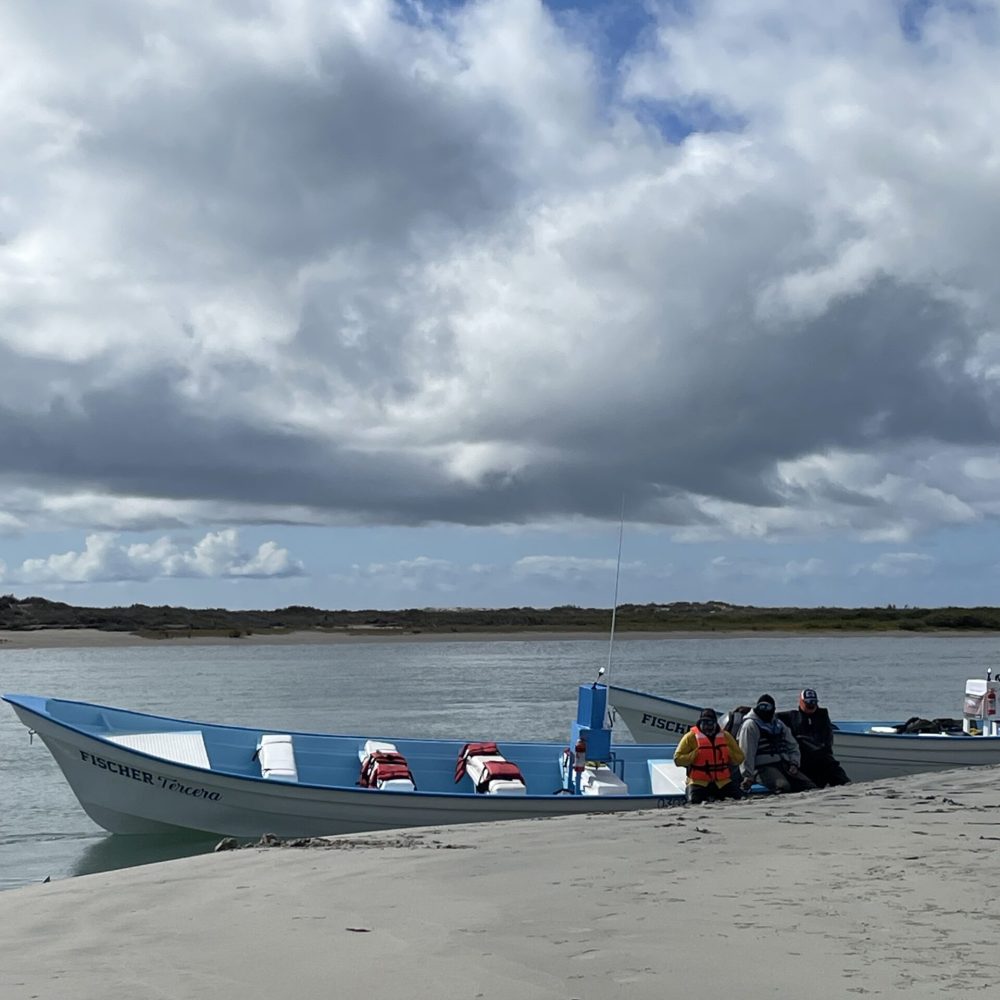
The Visciano Biosphere Reserve, which includes San Ignacio Laguna, is Latin America’s largest wildlife sanctuary. The lagoon itself was declared a world heritage site by the United Nations in 1993. It is a sanctuary for the grey whales and the last undeveloped nursery and breeding ground in the world.
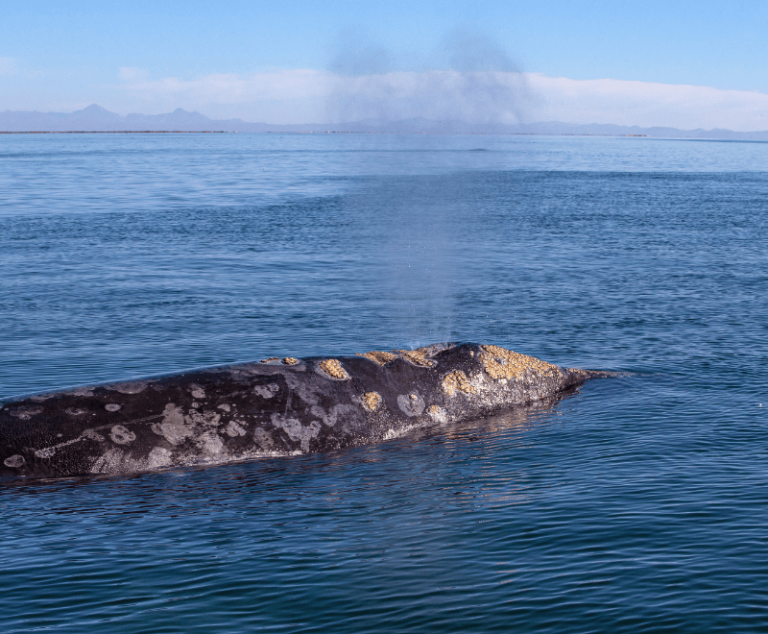
The unique thing about grey whales is that they are very curious and friendly. They often approach boats and rub up against them to be scratched. They also seem to enjoy being splashed. As soon as we arrived at the camp I met a couple of women who were visiting for the third time who excitedly reported that they had been able to pet the whales on every trip.
We had a full itinerary over the course of the three days spent at the camp. Breakfast was at 7am with the first whale watching excursion beginning at 7:45. We were out on the water for about four hours in total with bathroom break after two hours. We returned to camp for lunch and repeated the whole thing in the afternoon. At 6pm we had a happy hour with snacks followed by a short lecture from the naturalists and then dinner.
During the time on the water we sat quietly in the boat, waiting for the whales to surface, hoping to spot a blow or a tail in the distance. The excitement of having a whale come close enough to touch is indescribable.
Check out this short video from Baja Expeditions to see more about the experience.
Questions, comments, want to go? Contact me cynthia@personaltravel.ca


